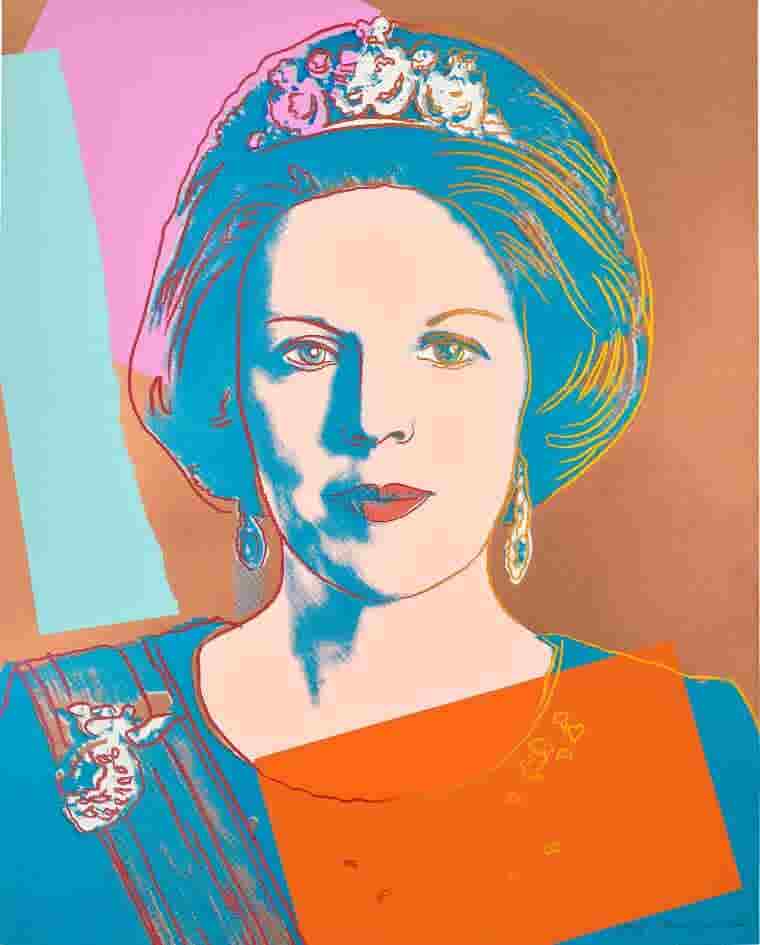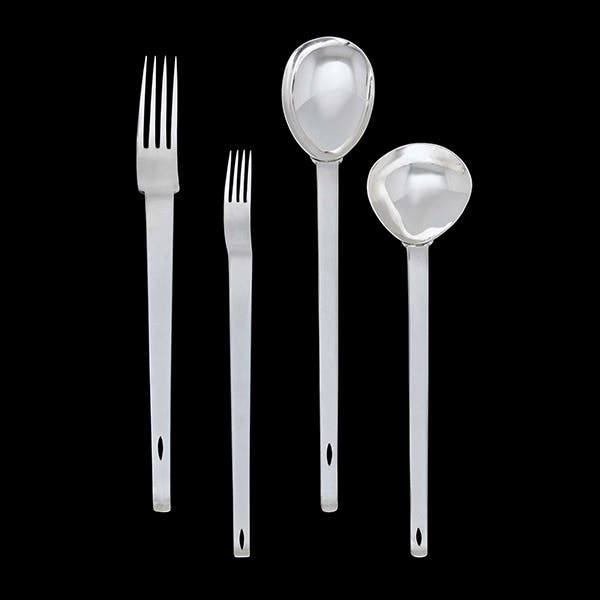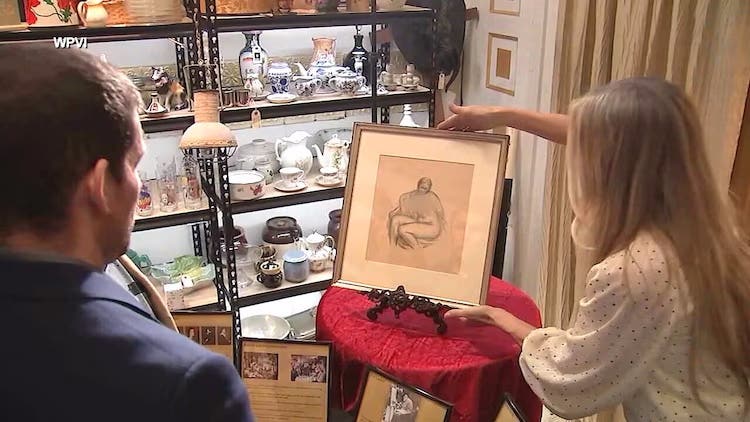Tiffany Lamps: How to tell real from fake
If you’re keen to source a genuine Tiffany lamp for your home or art collection, you need to know your stuff. Here are ten clues to tell a real Tiffany lamp from a fake one.
A Tiffany lamp is a truly beautiful thing. Dating back to the Art Nouveau movement of the early 20th century, these extravagantly decorative lamps and light fittings now constitute highly collectable art pieces.
Hand crafted by Tiffany & Co in the style of Louis Comfort Tiffany, the iconic stained glass lamps, lamp shades, lights and window panels were created by soldering together small pieces of colored glass to produce enchanting and individual objects. Genuine Tiffany lamps were made between 1890 and 1930. Tiffany lamps’ value can be anywhere from $4,000 to over $1 million. The most expensive Tiffany lamps sell for upwards of $1 million. The highest price ever paid for a Tiffany lamp was at Christie’s auction in 1997: $2.8 million.
'Tiffany-style' lamps
Fast forward a hundred years or so and today’s replica Tiffany style lamps are mass produced in places like China, India and Vietnam. Unlike the original manufacturing techniques, modern production methods use industrial water jet machines to cut bits of glass from large sheets of stained glass. The individual shards are then ‘hand crafted’, meaning assembled by hand, by trained factory workers to a set design – there’s nothing unique about them.
As an unfortunate consequence, it is now becoming increasingly difficult to tell the difference between a ‘real’ Tiffany lamp and the much newer ‘fakes’ – which can give lovers of authentic Tiffany lamps a real headache. As a discerning investor in fine antique lighting, it therefore pays to be extra vigilant and wide awake, ready to spot a fake when you see one. Here, it’s worth bearing in mind a couple of useful mantras:
- ‘If it looks too good to be true, it probably is.’
- ‘You get what you pay for.’
Should you be ‘lucky’ enough to be offered an "authentic" Tiffany lamp for, let’s say $200, you can rest assured that neither luck nor authenticity will have anything to do with the proposed transaction.
Instead, if you’re keen to source a genuine Tiffany lamp for your home or art collection, you need to know your stuff. Find out as much as you can about the period, the lamps, the makers, the production methods. Read around the subject and familiarize yourself with the salient features of original Tiffany lamps and how to buy one.
How to tell a real Tiffany lamp from a fake
When you come across a possible antique find, learn how to inspect each piece closely – both the shade and the lamp base – and pay attention to the following characteristics to help you separate the wheat from the chaff.
1. First, turn the lamp over and look under the base. Lift the cap and look for a grey metal ring. The original Tiffany lamps were made with a heavy ring made from lead inside a hollow bronze (or sometimes enameled or mosaic) base. Reproduction lamps tend to use brass, zinc, white metal, wood or even plastic bases instead.
2. The original bronze (or similar metal) base should have a patina, i.e. a brownish or greenish film on the surface of the metal that occurs naturally as a result of oxidation over a long period. While these small colour changes should indicate that the lamp is an original Tiffany, beware that some forgeries may have fake patina.
3. It’s important to carefully inspect the quality of the workmanship of lamp base, as this should give you a good indication of whether or not the lamp is real. A genuine Tiffany lamp base will ooze quality, while cheaper reproductions use inferior materials such as zinc, resin or hard plastic, and shoddy workmanship.
4. Stamps or signatures may be a sign of authenticity, but you need to know what you’re looking for. Tiffany’s marking system consists of cuttings or etchings in the lamp base which changed over the years and is therefore easy to copy. Don’t rely on this one feature.
5. While you’re looking at the lamp base, pay attention to the knobs. Genuine antique Tiffany lamps will either have a turn-paddle knob for operating the lamp or, in some cases, pull chains may have been used.
6. Next, turn your attention to the iconic stained glass shade. Authentic Tiffany lamp shades should be either globe or cone shaped and ‘flow’ organically. Fake reproductions tend to have a more rigid form. In terms of the motifs used, botanical designs, geometric patterns, dragonflies, butterflies, peacock feathers and spiders were all popular designs.
7. Next, hold the top of the lampshade and tap the glass lightly. Is the glass loose or does it rattle? If it does, this is typically an indication that the lamp is a fake, according to Tiffany lamp experts.
8. Tiffany lamps are famous for the vibrant colors and varied textures used in the glass design. Inspect the glass closely and see if you can spot tiny specks of color – known as ‘confetti’ glass – a sure fire sign that the lamp is genuine.
9. Golden glass pieces should have a translucent, amber sheen to them in order to be authentic. A pale, translucent gold color, or even a green tint, on the other hand, is a sign of fakery, as is a silver sheen on other glass colors.
10. To be sure of the authenticity of the glass used, dab a cotton swab in nail varnish remover and gently run it over the glass. With real Tiffany lamps, the color pigment is embedded in the glass and won’t rub off, while fake Tiffany glass will have been painted, and the paint will come off when rubbed.
It goes without saying that, before you make a definite commitment to purchase what you think is a real Tiffany lamp, you should get an expert appraisal by someone who is an authority on Tiffany lamps – if only as a sanity check.
Finally, why not ask for a money-back guarantee from the vendor? If there is any doubt in the vendor’s mind that the lamp is genuine, he is likely to reject the idea – and you, sadly, have your answer.
You May Also Like:
Dakota Murphey lives in Brighton, England. From an early age, she’s had a passion for antiques. Ever since her grandmother showed her their family’s collection of antique pocket watches, Dakota has grown her love for vintage timepieces and even has a small collection of her own.








